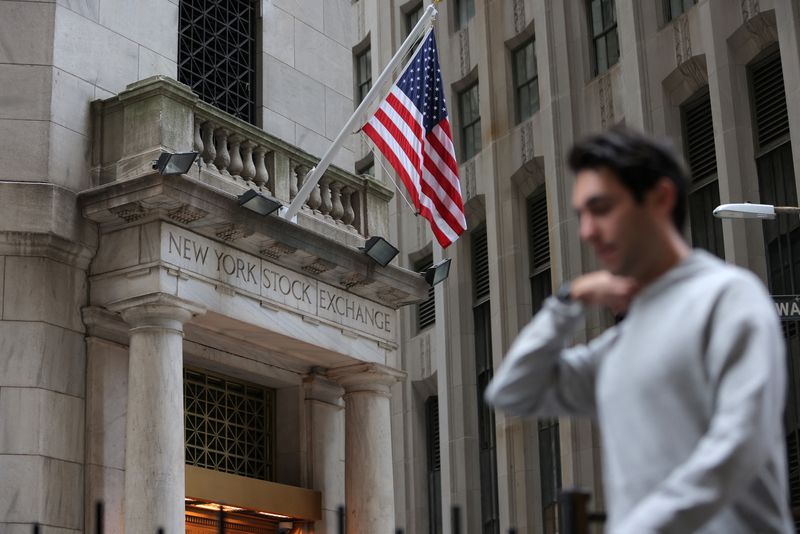While the S&P 500 continues to climb and volatility remains low, Bank of America acknowledges investor concerns about potential warning signs for a market peak.
BofA analysts revisited historical data to identify the most reliable indicators of a bull market's end.
According to the bank, is that only 40% of these indicators have currently been triggered, compared to an average of 70% before prior peaks.
BofA highlights 10 key factors that have historically preceded market peaks with minimal false positives. These include overly optimistic sentiment, signs of excessive confidence, high valuations, and signs of tightening monetary policy or lending restrictions.
However, the bank also recognizes that unforeseen triggers can play a role, which are then addressed during the subsequent market cycle.
They reassure investors that some commonly cited concerns hold little weight. For instance, historically, periods of restrictive monetary policy, indicated by Fed rates exceeding the neutral rate, haven't necessarily prevented bull markets.
Similarly, a low VIX alone shouldn't be a cause for alarm, as it can simply indicate a period due for a volatility spike.
BofA advises against attempting to time the market peak. Their analysis shows that remaining invested generally outperforms attempting to sell early. While strategically selling 1-3 months beforehand might limit downside risk, the long-term benefits of staying invested outweigh the potential short-term gains.
The firm emphasizes that time in the market is a valuable asset, with the probability of loss decreasing significantly as investment horizons lengthen.
